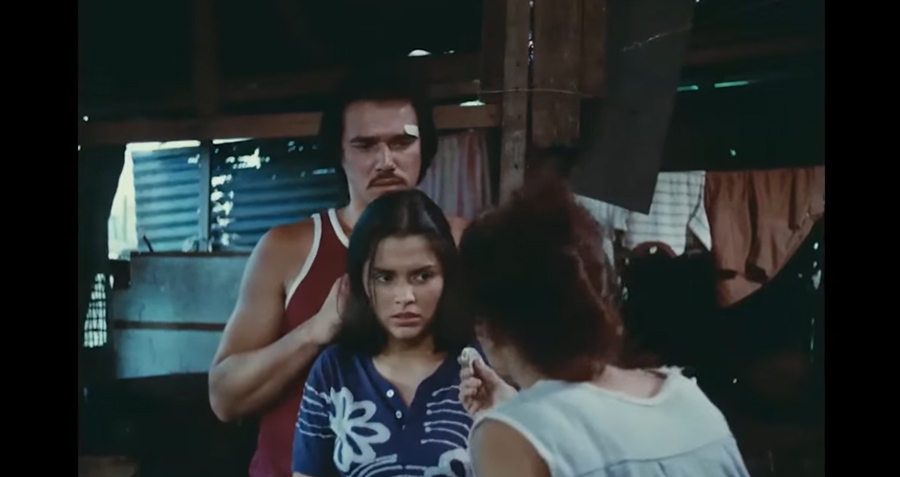Master filmmaker LINO BROCKA, heralded as one of the most important and influential filmmakers in the history of Philippine cinema, is renowned for his gritty films that realistically portray the plight of the common man. Despite its Philippine settings, his oeuvre crossed geo-political boundaries, making him the first Filipino filmmaker to showcase a film, Insiang (1976), in the prestigious Cannes Film Festival.
In 1985, he was elected to receive Asia’s Premier Prize and Highest Honor, the Ramon Magsaysay Award, for “making cinema a vital social commentary, awakening public consciousness to disturbing realities of life among the Filipino poor.” Twelve years later, he was posthumously given National Artist of the Philippines Award.
Discover BROCKA’s creative genius through five of his most important films listed below.
Tinimbang Ka Ngunit Kulang (1974)
Considered as the film that put BROCKA on the map, Tinimbang Ka Ngunit Kulang (Weighed But Found Wanting), tells the story of a young man, Junior, living in rural Philippines. Junior develops an unlikely friendship with a leper and the village idiot and witnesses the true nature of hypocrisy, prejudice, cruelty and forgiveness.

A film scene from Tinimbang Ka Ngunit Kulang
Maynila sa Mga Kuko ng Liwanag (1975)
International critics have lauded this masterpiece as “the greatest Filipino film ever made”. Maynila sa Mga Kuko ng Liwanag (Manila in the Claws of Brightness) is a social commentary on the tragic consequences of being blinded by modernity and the lights of the urban jungle. It follows the story of Julio, a strapping and idealistic young man, and his descent into the exploitative and harsh reality of society, especially in the city. The film is rich in symbolism of the Philippines’ plight under the Martial Law era.

Maynila sa mga Kuko ng Liwanag film scene
Insiang (1976)
Insiang is the first film to enter the international Cannes Film Festival. The film tells the story of a young poverty-ridden woman, Insiang, who seeks revenge for those who have ruined her life. It touches on unflinching subjects like rape, revenge, and how abject poverty causes man to be hopeless. Clearly not a lighthearted watch but the film is an eye opener.

A film still from Insiang
Jaguar (1979)

Jaguar promo photo
BROCKA is known for his gripping takes on the lives of the overlooked and marginalized sectors of society: blue collar workers, prostitutes, bar dancers, security guards, and slum dwellers. Jaguar, a slang term for security guards, made the competition section of the 33rd Cannes International Film Festival and was given French recognition by being given the designation “A Film Noir by LINO BROCKA.” With its main character trapped in an amoral world, Jaguar has a true noir sensibility and mood of grim determinism.
Bayan Ko: Kapit sa Patalim (1984)
Its English translation is literally derived from the Filipino idiom, “A desperate man will even grip unto a blade”. Bayan Ko: Kapit sa Patalim (This is My Country) is one of BROCKA’s most controversial films. It included footage of actual demonstrations which were banned by the Philippines’ board of censors. Bayan Ko: Kapit sa Patalim, which screened during the 1984 Cannes Film Festival, essays the lives of a young man who succumbs to a life of crime out of desperation and injustice. It was eventually screened in the Philippines in 1985 after BROCKA’s appeal to the Supreme Court.

Bayan Ko: Kapit sa Patalim promo photo

